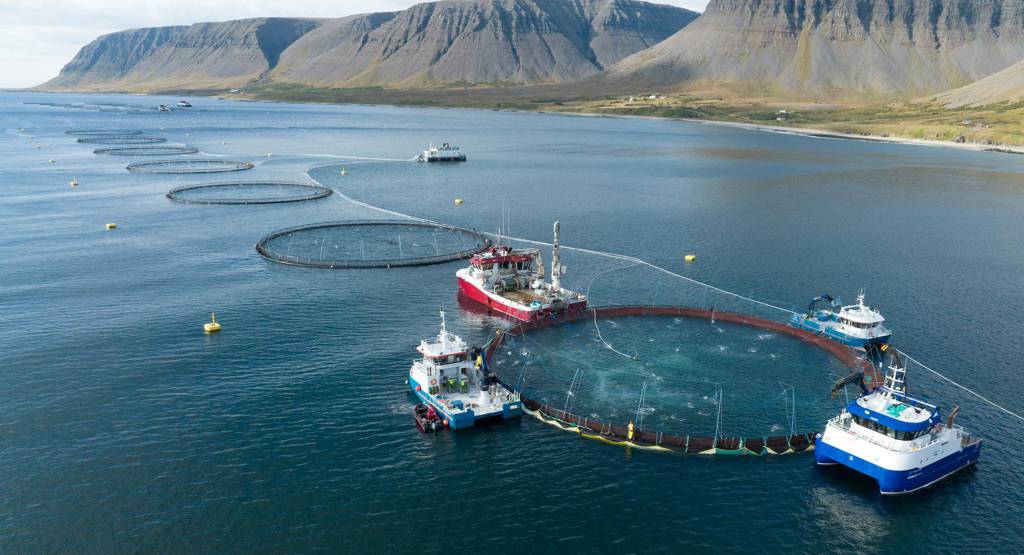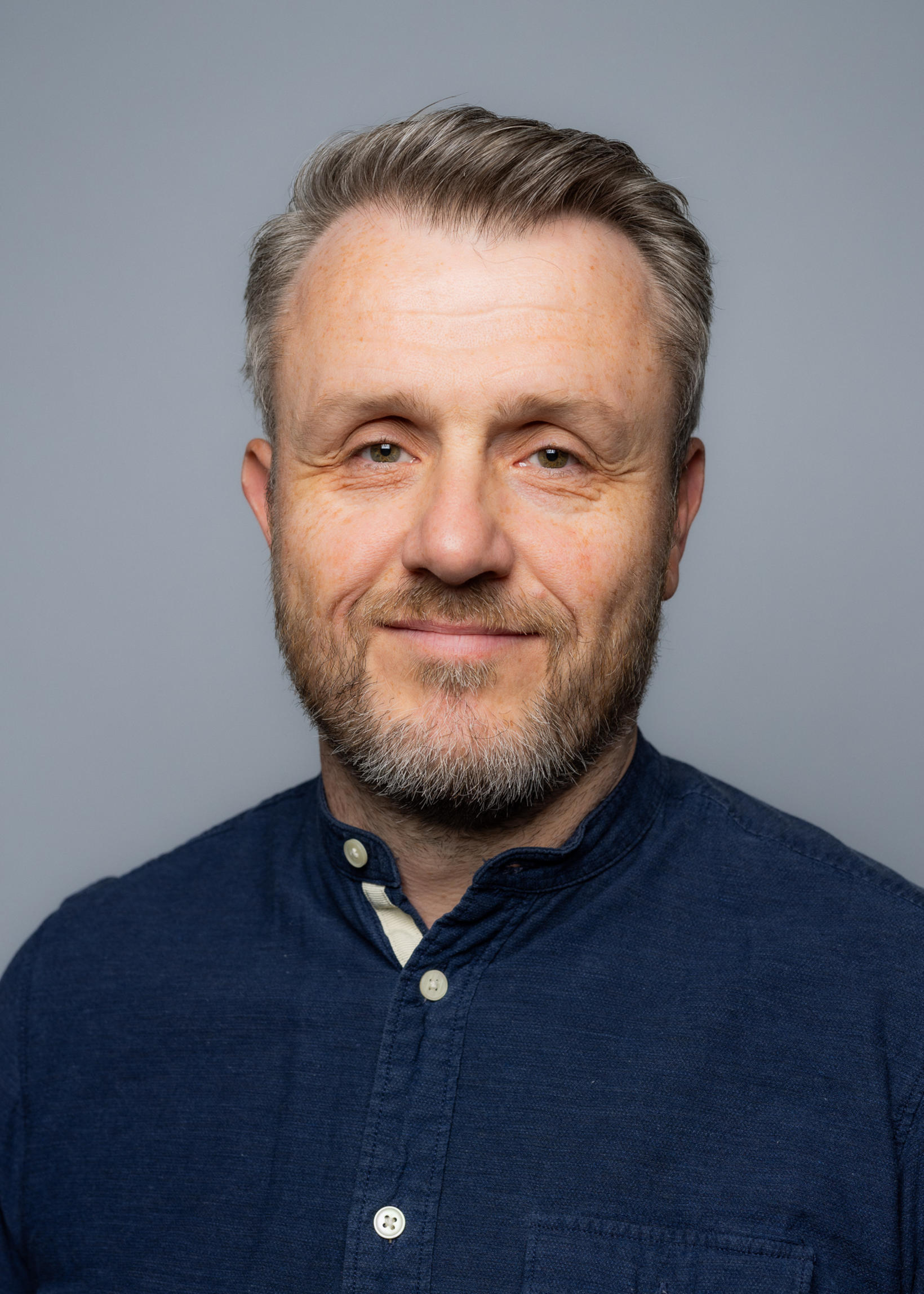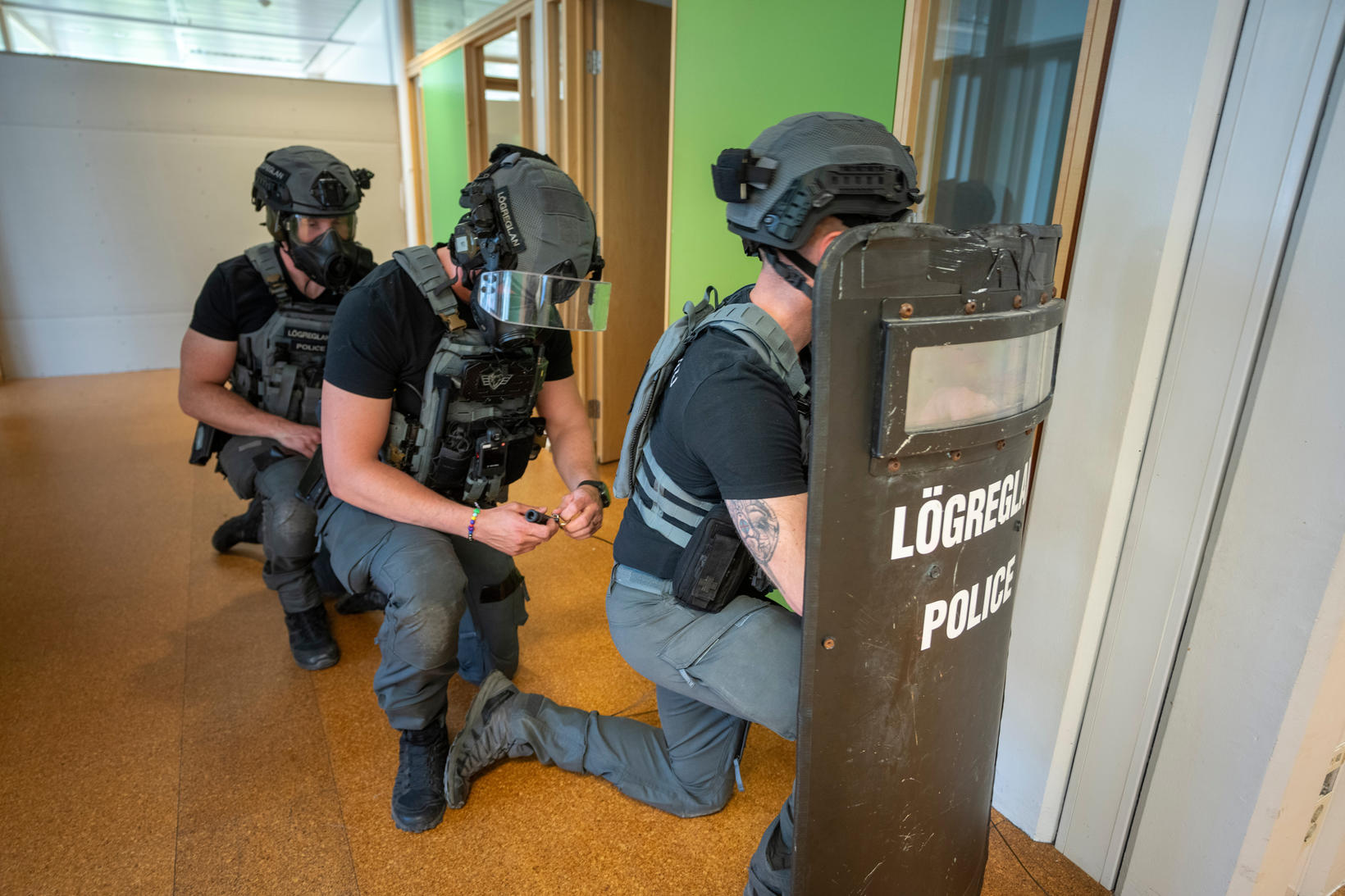Nothing simple in the fight with the lice

Eva Dögg Jóhannesdóttir, marine biologist and consultant at Blue Akri, said in Interview in February magazine 200 miles There is a great deal of uncertainty as to the extent to which aquaculture affects the lucrative load of wild salmonids. It considers it important that the preparation of the Luzan distribution model be completed and that fully funded by wild salmon monitoring be established.
« Everyone agrees that there is a need to monitor the number of lunts and it needs to be monitored by wild institutions too, just like the salmon, and inhibiting this. It is best for the companies to keep this in check so that the lice do not cause discounts, ”she says
There are differences of opinion to the extent to which aquaculture is promoting the increase in the lanes of wild fish. « Some are quite convinced of this, pointing out that with increased production of parasites, there is a risk that the lice rating into the wild fish, conclude that there must be a connection between them. However, it is not necessarily the case, ”says Eva Dögg, pointing out that in areas where aquaculture has been banned in British Columbia, Canada, the lice on wild fish have not diminished.
The question of the effects of aquaculture on wild stocks with regard to lice infection is therefore more complex than it seems at first, she explains.
Salmon and fisheries are parasites that settle on fish and feed on the skin, blood and mucus. It can have a serious impact on the health of the fish that becomes the lice.
Complex curves
Asked about the pathways of infection, Eva Dögg draws attention to the fact that the lice were created in nature, although farms where infection occurs can create a good vegetation for it.
« Faroese research has shown that aquaculture is primarily infecting itself. Descriptions that are created in a particular breeding area are most likely to infect within the area or move to the next farming area, because there is the strongest smell of salmon and the greatest number. It is much simpler for parasites to just go to the next fish rather than float around the ocean in search of natural hosts. Then I am not saying that it does not happen that lice leave a farm area on wild fish, but it has been found that the main path of infection is inside and between farms. «
She says, therefore, that the most important action against lice infection is the rest of aquaculture, after a three -month rest, the life cycle of the lice has been broken.
« However, if there is a resting area that is in a stream policy from another area where there is a lice closest to little results. So it needs larger defined and studied infectious areas. We need a haurer distribution model, but I understand that the MRI is doing so. Hopefully it comes sooner or later so that we can better understand how lice spread. The Faroe Islands have such a model so that one can see exactly how larvae is distributed if lice are detected. «
Ensure monitoring
Eva Dögg recalls that last year in this country, fish from cattle have begun into a well -to -know boat and treat it with warm water and pressure.
« Then the lice are directly sprouted from him and then filtered and discarded it, but the fish goes back into the heifer. This is a very costly action and a lot of work. No doubt all the Westfjords have seen the well boat Ronja Strand sail between fjords over the summer and into the fall. «
If there is a lot of lice on the fish in the aquaculture, costly cleaning measures that entail the fish will be loaded.
Morgunblaðið/Guðlaugur J.
Asked what needs to be especially considered that in the future she replies:
« It has been doing a lot of good and good work since the aquaculture companies suffered a major blow to 2023. Since then, the aquaculture companies to the west have worked with veterinarians and biologists to reduce the lace. That is why this well boat came last year and just went quite well, hopefully even better this year. This partnership needs to continue. It is also incredibly important to establish proper monitoring of the wild fish, however it will be done, and that it will not be bound by uncertainty about financing year after year. «
The interview with Eva Dögg can be read in whole in February paper 200 miles.






